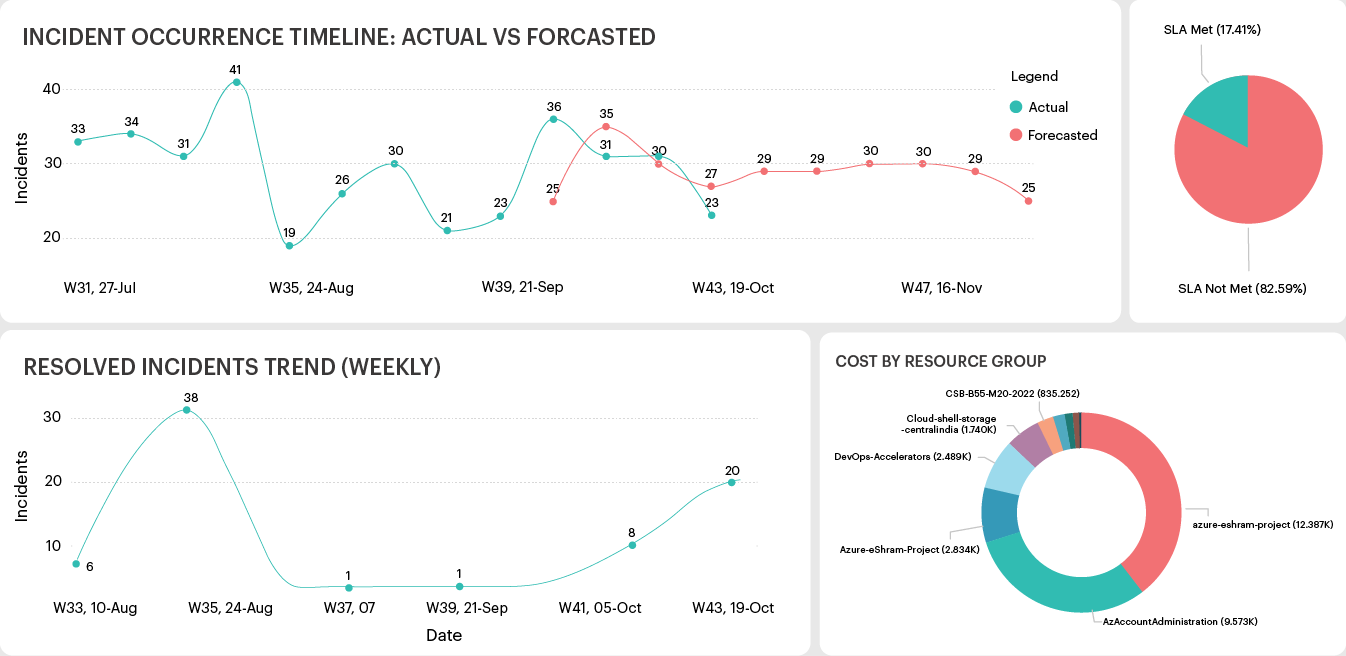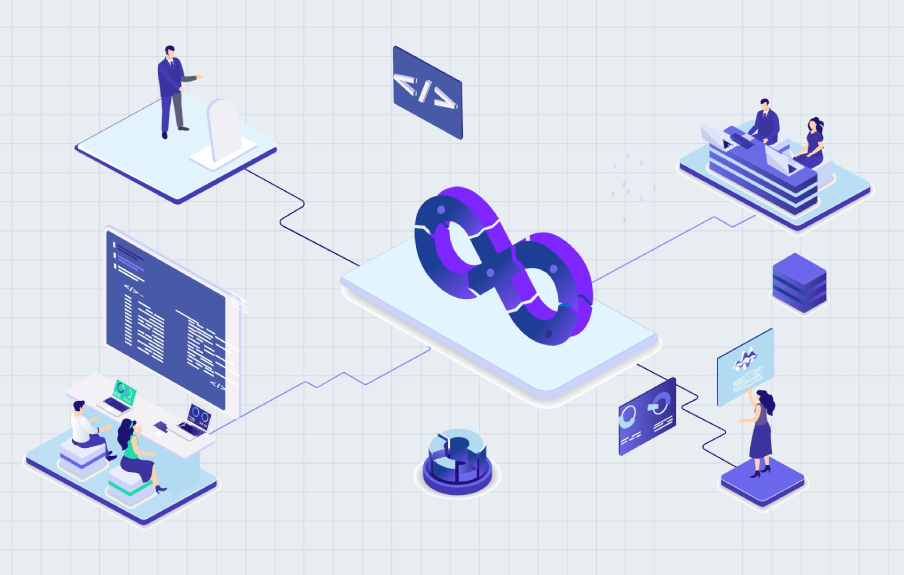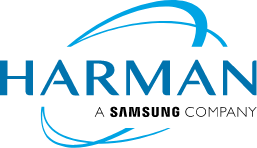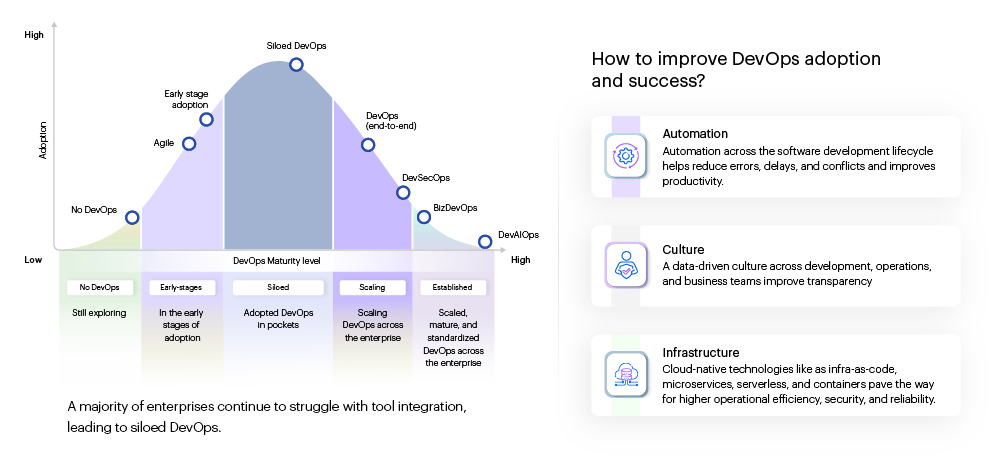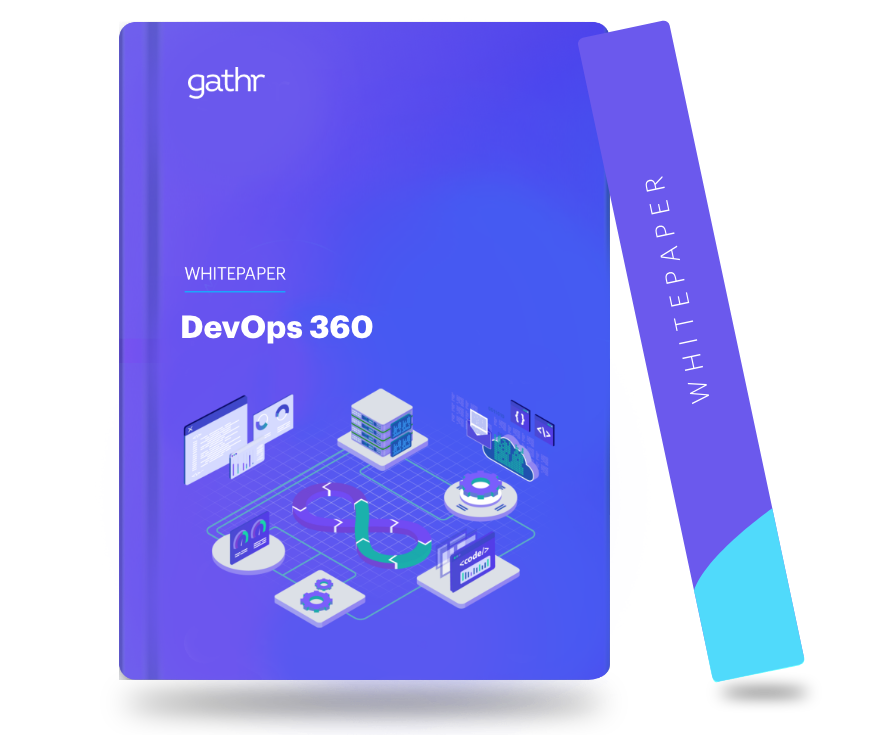Monitor backlog and analyze your sprint velocity, lead time, build deployment trends, & more.
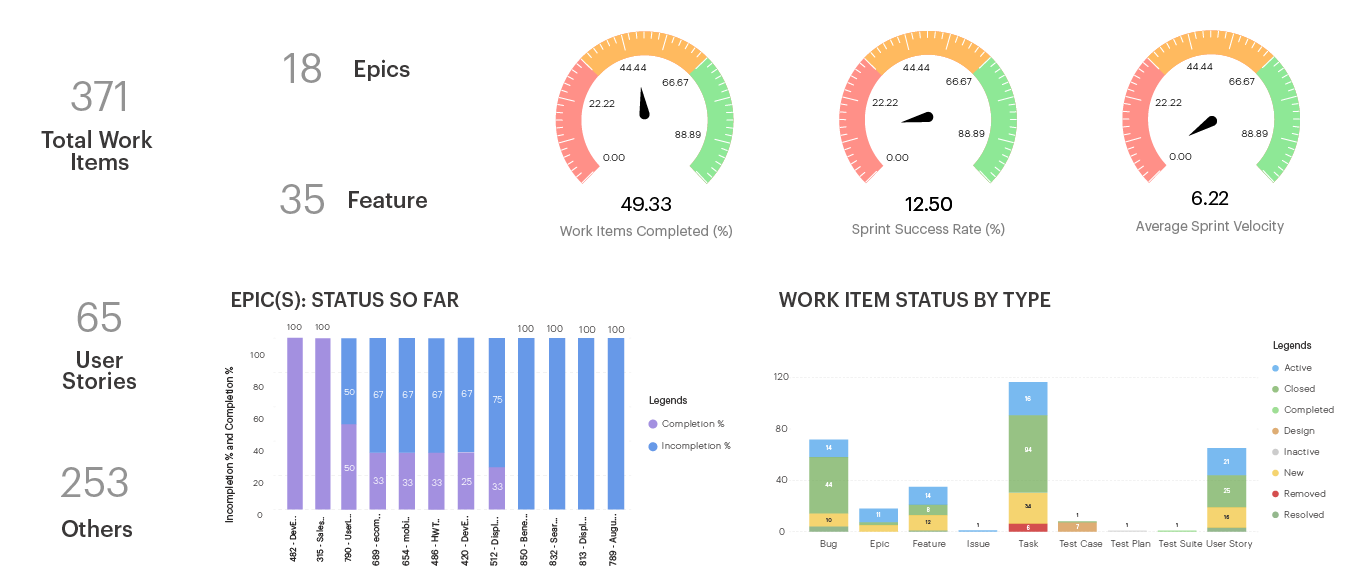
Track the four key DORA metrics - Deployment Frequency, Lead Time for Changes, Change Failure Rate, and Time to Restore Service.
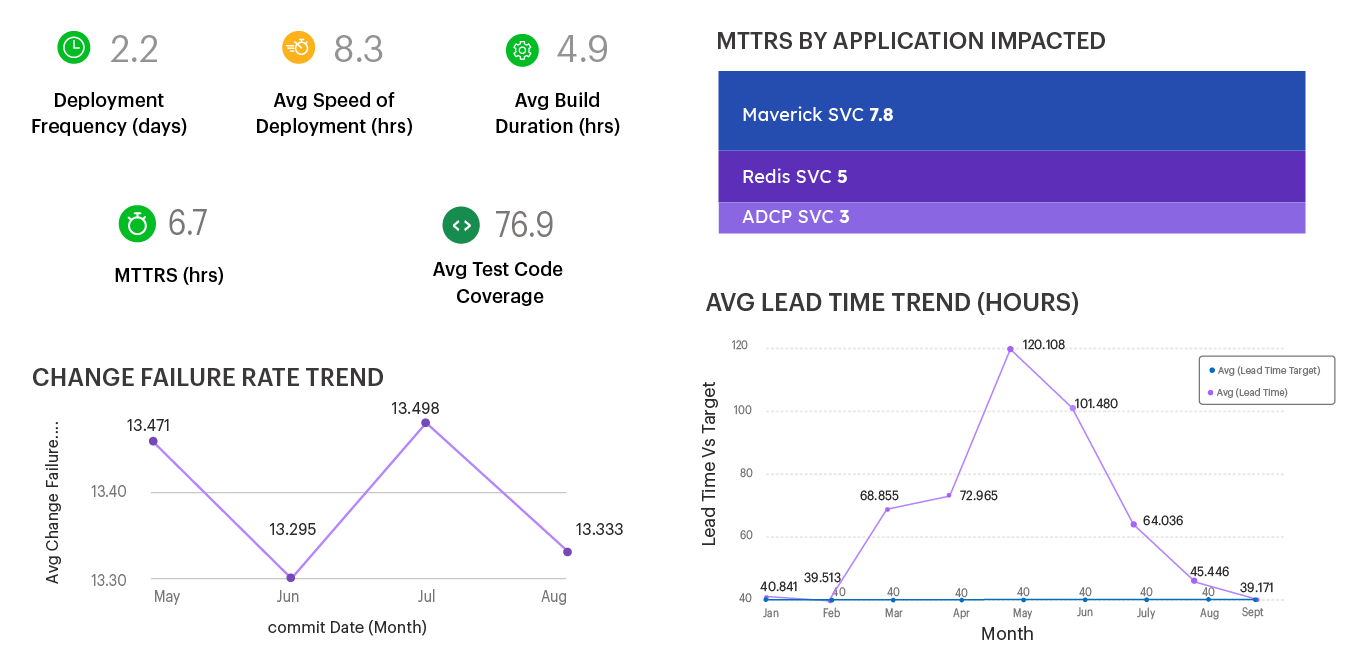
Stay on top of your infrastructure as code (IaC) pipelines to ensure optimal infrastructure provisioning.
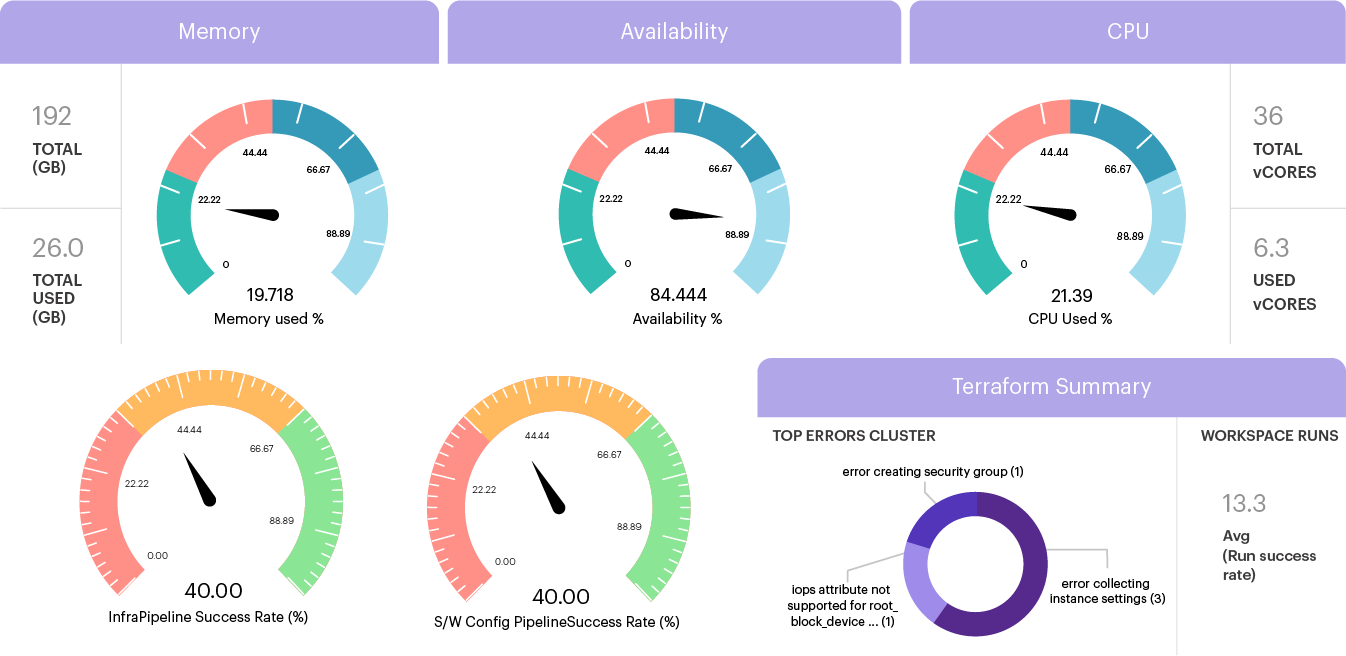
Get increased traceability to drill down and across cloud cost, security, incidents, and more.
